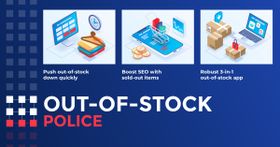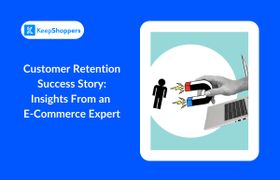Tiered Pricing vs. Volume Pricing: What’s the Difference?
Tiered pricing and volume pricing are two widely used methods of pricing, depending on the amount purchased. Learn more about each pricing method here.
Published January 27, 2022
Pricing is one of the most important aspects of any business as it is one of the top factors that influences repeat sales and customer retention. There are two basic pricing strategies: tiered pricing and volume pricing.
What Is a Tiered Pricing Model?
Tier pricing, or tiered billing, is a popular and common way to sell products or services. This tiered discount structure is based on the "price per tier" which defines the cost for each product category.
The main benefit of tiered pricing models is that they provide customers with a sense of financial control and assurance that they will not be paying too much for their service.
The drawback of tiered pricing is that some customers may wish to mix and match features that are locked away in higher-priced tiers - dropping some features and gaining others.
What Is a Volume Pricing Model?
Volume pricing models are systems that offer discounts on purchases for larger orders. This model can be used by manufacturers, wholesalers, and retailers.
Volume pricing models offer many advantages, including increased profit margins, improved customer relations and retention, and establishing a competitive advantage.
However, there are also disadvantages, such as estimating demand for each product and providing the right quantity of inventory.
Which Pricing Model Is Right for You?
Pricing strategy depends on the type of your business and the type of product you are selling. It also depends on how long you are planning to maintain the same pricing strategy. To help you find the best pricing model for your online business, consider using an app like OriginalPO.
Related Articles

The Pros and Cons of Using a PayPal Account For Your Shopify Business
Brody Hall
June 15, 2021

How To Set Up Shopify Dropshipping For Your Store
Brody Hall
February 10, 2023

How to Find and Work With Shopify Experts
Brody Hall
February 10, 2023

Out-of-Stock Police: Improve Customer Experience and SEO
Brody Hall
April 4, 2023

Customer Retention Success Story: Insights From an E-Commerce Expert
Adeel Qayum
August 4, 2023
